
Fortune News | Apr 03,2023
Despite a huge profit, the earnings per share (EPS) of Oromia Insurance fell significantly in the last fiscal year that ended June 30, 2020. The firm's EPS shrunk by 41pc.
In the last fiscal year, Oromia netted 74.3 million Br in profit, a 14.7pc decline compared to the preceding year. The EPS also fell sharply and stood at 230 Br. The profit decline and the massive expansion of paid-up capital undermined the EPS. Oromia's paid-up capital grew significantly by 60pc to 404 million Br, making it one of the industry's well-capitalised insurers.
Dejene Iticha, the managing director at the Oromia Development Association, which is a founding shareholder of Oromia Insurance, says that the dividend decline is justifiable. Dejene says that the dividends have declined by over 10 percentage points from the 27pc they received a year ago.
“Though the EPS declined,” said Dejene, “the firm is getting stronger, having a wider branch network, a huge paid-up capital and is building a headquarters.”
A month and a half ago, Oromia hired a Chinese state-owned firm to construct its 35-storey headquarters in the heart of the Mexico Square area. The building is expected to cost the insurance company 1.5 billion Br.
Dejene adds that any company will be healthy as long as the political environment is stable, in addition to other factors.
“Considering the incidents that happened last year,” said Dejene, “Oromia performed well.”
Aberra Bekele, the board chairperson of Oromia, agrees that the year was challenging for the firm, mentioning the Novel Coronavirus (COVID-19) pandemic and the global economic strain as additional challenges.
“The movement restrictions and other containment strategies to curb the spread of the virus had abruptly brought business activities virtually to zero,” Aberra said.
Despite the challenges, Oromia managed to push the total gross premium up by 17pc to 484 million Br, of which 105.6 million Br was ceded to reinsurance companies. This led the firm's retention rate to decline to 78.2pc from the 81.7pc rate of the previous year. Still, the retention rate is slightly above the industry average of 77pc recorded in 2019.
Oromia’s net claims incurred in the reporting period grew by 39.7pc to 283.9 million Br.
Tigistu Shiferaw, the acting CEO of Oromia Insurance, says that motor claims were higher in the past fiscal year. The motor class of business dominated Oromia's portfolio, covering 317.8 million Br.
"Most of the compensation claims were for severe damage," he said. "And the cost of spare parts was higher."
This is the main culprit for the reduction of the profit after tax, according to Abdulmenan Mohammed, a financial statement analyst.
"The massive increase in claims suggests that Oromia Insurance needs a serious review of its risk pricing and management system," commented Abdulmenan, "so that claims are kept at an acceptable level."
The management is employing different instruments to control claims, according to Tigistu.
Underwriting risk selection, revising prices on accident-prone policies and working on minimising risk leakage are the mechanisms the firm is working on, according to Tigistu.
The insurance company's incomes also expanded considerably. Incomes from investment activities increased notably by 34pc to 88 million Br. Interest income increased by 20pc to 69 million Br. Dividend income rose by 131pc to 18.8 million Br. It earned a commission of 32 million Br, a rise of 39.1pc, and paid commission expenses of 11.4 million Br, an increase of 28pc.
This shows that Oromia did very well in investment activities, according to Abdulmenan.
Expenses rose reasonably. Employee benefits spending increased by 14.4pc to 70.9 million Br. Other operating and general administration expenses marginally grew by 5.6pc to 56.6 million Br.
Last year, the firm opened two branches, pushing its total network to 43 branches and seven contact offices. The firm's total workforce reached 396 following the recruitment of 26 new employees last year.
The total assets held by Oromia increased significantly, registering a 25pc rise to above 1.4 billion Br. Out of the total assets, 601.5 million Br was in time deposits and 122 million Br was maintained in financial instruments. These investments account for 51pc of the total assets.
Cash and bank balances increased by 46.5pc to 197.9 million Br. The ratio of cash and bank balances to total assets stands at 13.8pc.
This liquidity level is beyond the operational needs of Oromia, according to Abdulmenan, who advises the management to consider investing a portion of these liquid resources in more income-generating activities.
The capital and non-distributable reserves of Oromia account for 33.2pc of its total assets.
The capital of Oromia is very strong, and it requires the expansion of operations to take advantage of it, according to the analyst.
"We think long-term," said Tigistu. "We aim to make the firm one of the strongest."
Liabilities of Oromia Insurance rose to 892 million Br, a 16.2pc growth from the previous year.
PUBLISHED ON
Jan 09,2021 [ VOL
21 , NO
1080]

Fortune News | Apr 03,2023
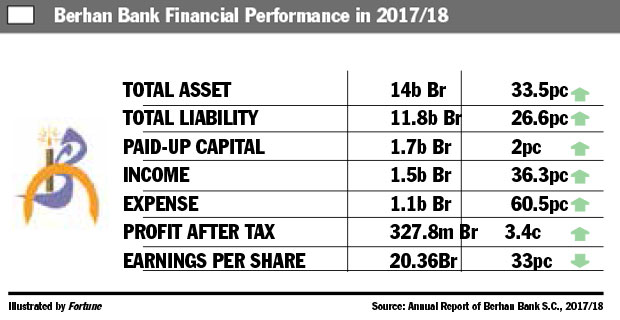
Fortune News | Nov 27,2018
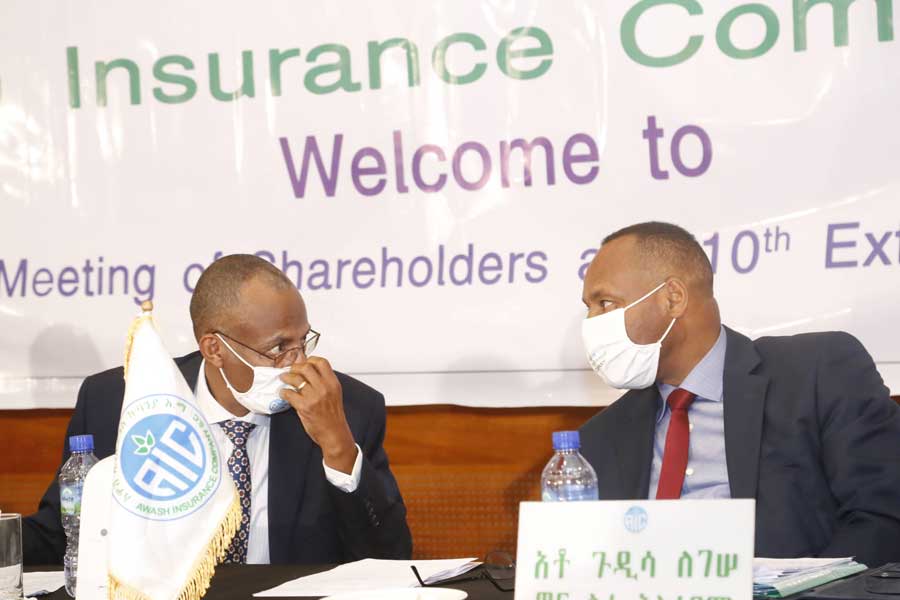
Fortune News | Nov 07,2020
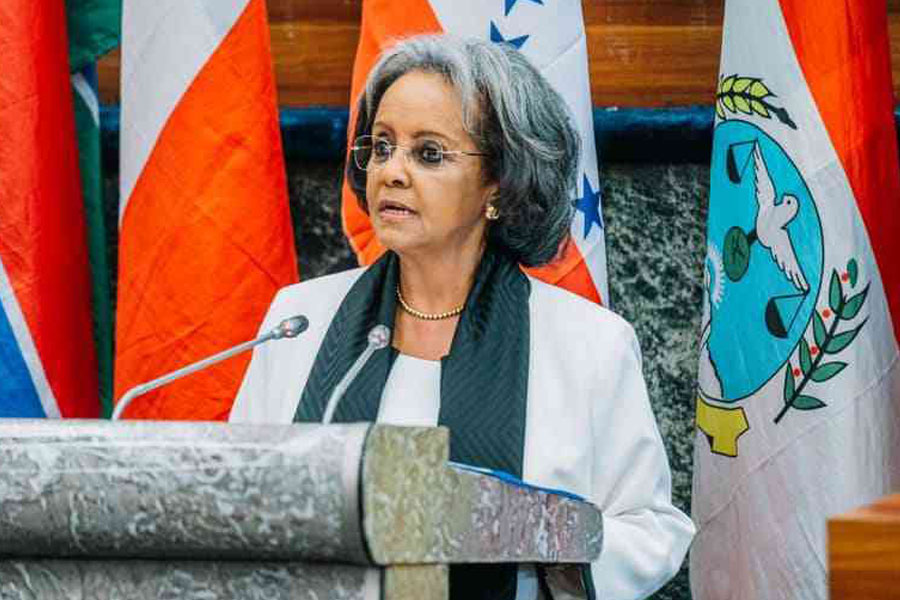
Fortune News | Oct 14,2023
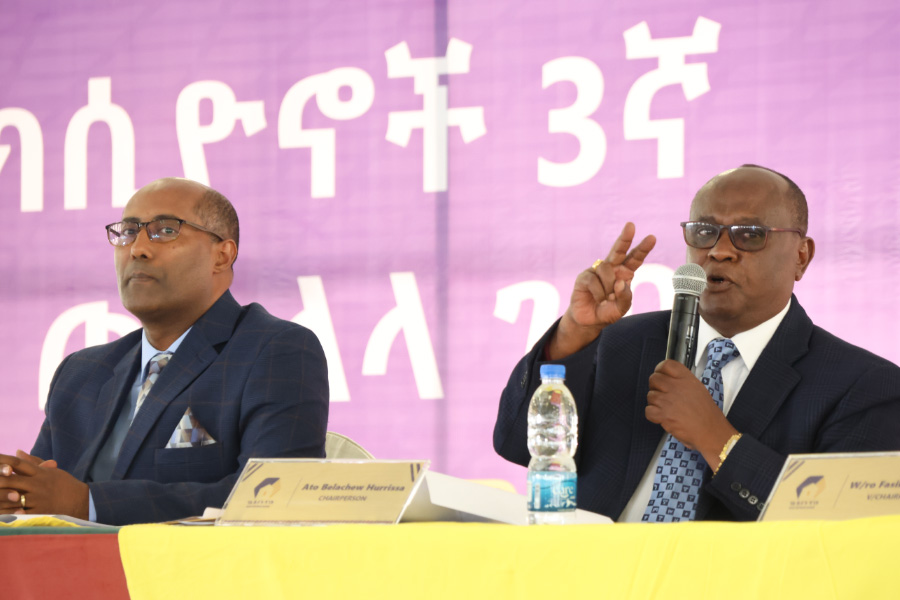
Radar | Nov 24,2024

Fortune News | Mar 06,2021

Fortune News | Jun 08,2024

Radar | Nov 19,2022
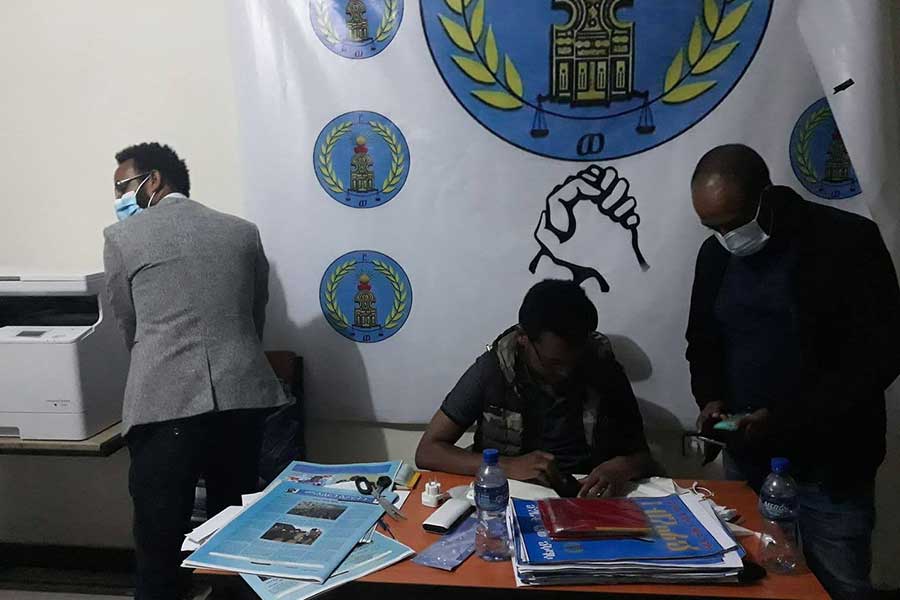
Agenda | Sep 06,2020

Fortune News | Jan 05,2020

Dec 22 , 2024 . By TIZITA SHEWAFERAW
Charged with transforming colossal state-owned enterprises into modern and competitiv...

Aug 18 , 2024 . By AKSAH ITALO
Although predictable Yonas Zerihun's job in the ride-hailing service is not immune to...

Jul 28 , 2024 . By TIZITA SHEWAFERAW
Unhabitual, perhaps too many, Samuel Gebreyohannes, 38, used to occasionally enjoy a couple of beers at breakfast. However, he recently swit...

Jul 13 , 2024 . By AKSAH ITALO
Investors who rely on tractors, trucks, and field vehicles for commuting, transporting commodities, and f...

Jun 28 , 2025
Meseret Damtie, the assertive auditor general, has never been shy about naming names...

Jun 21 , 2025
A well-worn adage says, “Budget is not destiny, but it is direction.” Examining t...

Jun 14 , 2025
Yet again, the Horn of Africa is bracing for trouble. A region already frayed by wars...

Jun 7 , 2025
Few promises shine brighter in Addis Abeba than the pledge of a roof for every family...